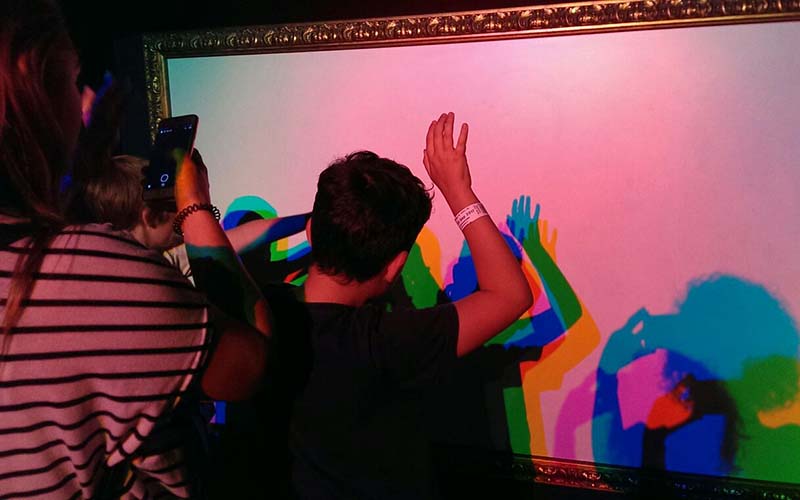Why do some young people and not others participate in informal STEM learning?
There are widespread and long-standing inequalities in terms of who does and who does not participate in science, technology, engineering and mathematics (STEM).

8 October 2021
These trends can be seen through patterns of engagement with STEM both in and out of school, who pursues STEM subjects and who ends up entering the STEM workforce.
All of these forms of STEM participation are patterned by gender, ethnicity and social class (to name but a few social demographics), with those from more privileged backgrounds being more likely to engage.
The informal STEM learning sector includes a range of activities, from visiting science centres and community coding clubs, to watching science TV and tinkering at home, and is often seen as a “ramp-on” to increase and broaden young people’s engagement with STEM. Yet, research shows that the informal STEM learning sector often perpetuates inequalities, with young people from more privileged social backgrounds often participating more. A common “quick fix” response to increasing participation involves making STEM more interesting and fun, assuming that some people do not take part because they are not interested.
Our research project analysed 1,624 survey responses from young people aged 11 to 14 living in London and Bristol and carried out year-long ethnographic fieldwork with 36 young people in the same age group. We found that participation in informal STEM learning does not necessarily reflect young people’s lack of interest.
Key findings
Many young people from more socially privileged (White, middle-class) backgrounds regularly participated in informal STEM learning regardless of their STEM interest.
These young people reported average levels of interest in science and STEM-related careers, yet they regularly took part in informal STEM learning (such as visiting science museums). Their participation appeared to reflect family values and traditions, as indicated by their responses that “it’s just what we do”, rather than responding to young people’s interests in STEM.
On the other hand, many minority ethnic and working-class young people in our study reported being interested in STEM and aspired to working in STEM jobs, yet rarely took part in designed and community informal STEM learning offers.
Despite high STEM aspirations and regularly engaging in everyday STEM-related activities, such as reading science books and watching science-related videos, these young people rarely had access to specific “designed” (e.g., science centres) and “community” (e.g., coding clubs) informal STEM learning spaces and opportunities. For some, these settings did not feel like somewhere that is “for me”. Some of these young people prioritised school learning and questioned what value informal STEM learning opportunities might offer: “in school, you can learn new stuff. Let’s just say you’re going to a club… you’re going to get information but you’re not going to get information more than in school” (a Black British, working-class girl, age 12). For these young people, informal STEM learning participation was costly in terms of time, money and access, and some young people worried that it might compromise the time that they needed to put into supporting their school attainment. That is, they felt that informal STEM learning did not offer a good enough return on the required investment.

Recommendations
- Informal STEM learning settings could consider how they might change their culture, policies and practices so that they are more inclusive and can better value and prioritise the identities, needs and values of minoritised communities.
- Many of the young people had STEM interests and participated in a range of everyday activities. More needs to be done, across both structured informal and formal education, as well as funding and policy, to recognise, support and value broader ways of doing STEM.
- Attention should be given to understanding how many designed and community informal STEM learning settings feel too costly for those from under-represented communities in terms of time, money and access – ensuring that the onus for change is directed at the level of the institution, not the excluded individuals and communities.
- Rather than describing those who do not participate in informal STEM learning using terms such as “non-participants”, “disengaged” or “hard to reach”, policymakers and practitioners might more usefully consider the ways in which these communities are routinely excluded by systems and institutions – and the role that privilege plays in reproducing patterns of inequality.
- Informal STEM learning practitioners and organisations can use reflective tools such as the Equity Compass and Core Equitable Practices to help them reflect, plan and develop more socially just and inclusive practice (see yestem.org).
 Close
Close

